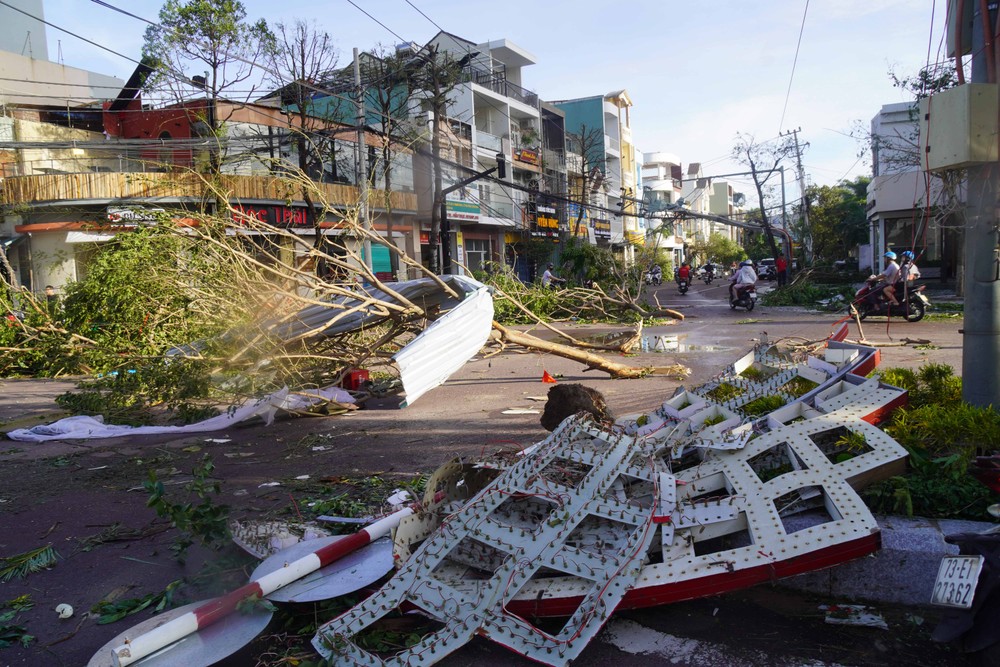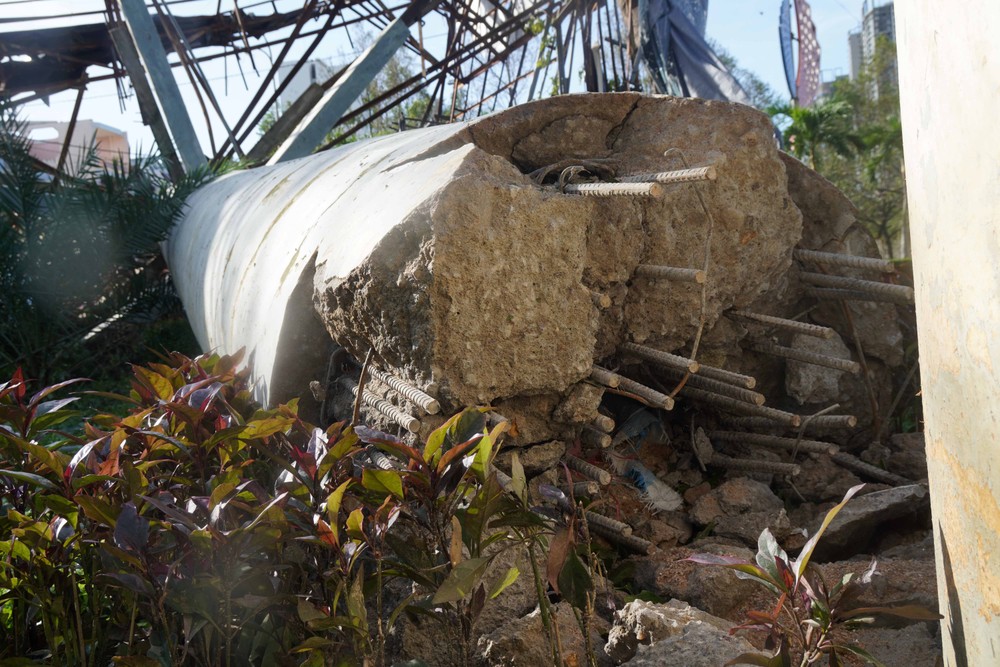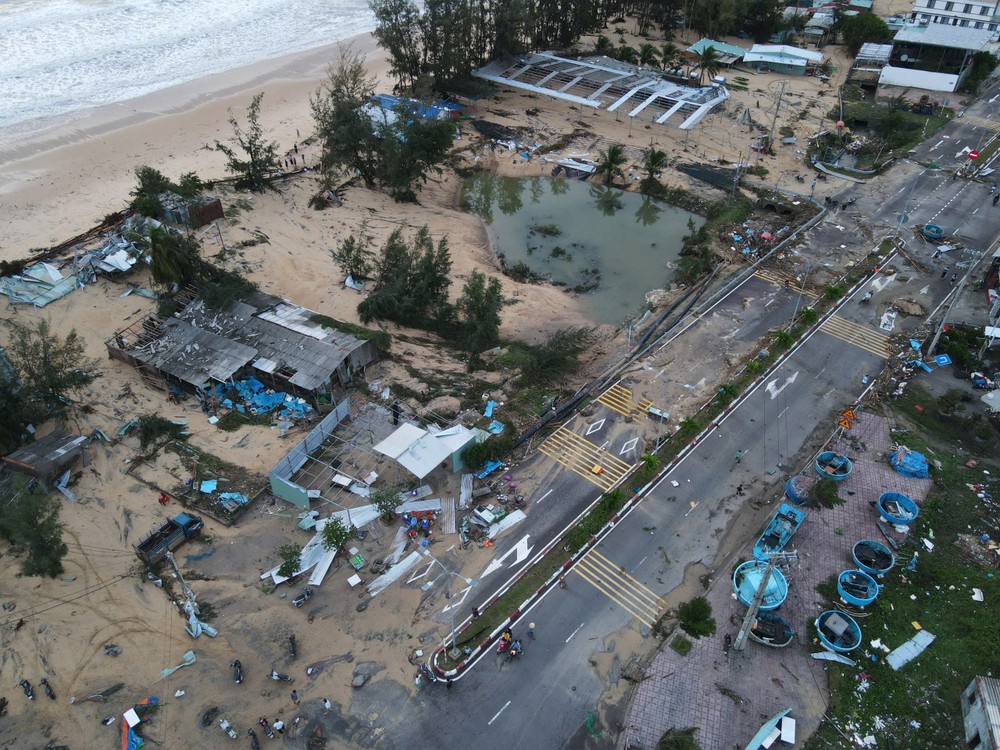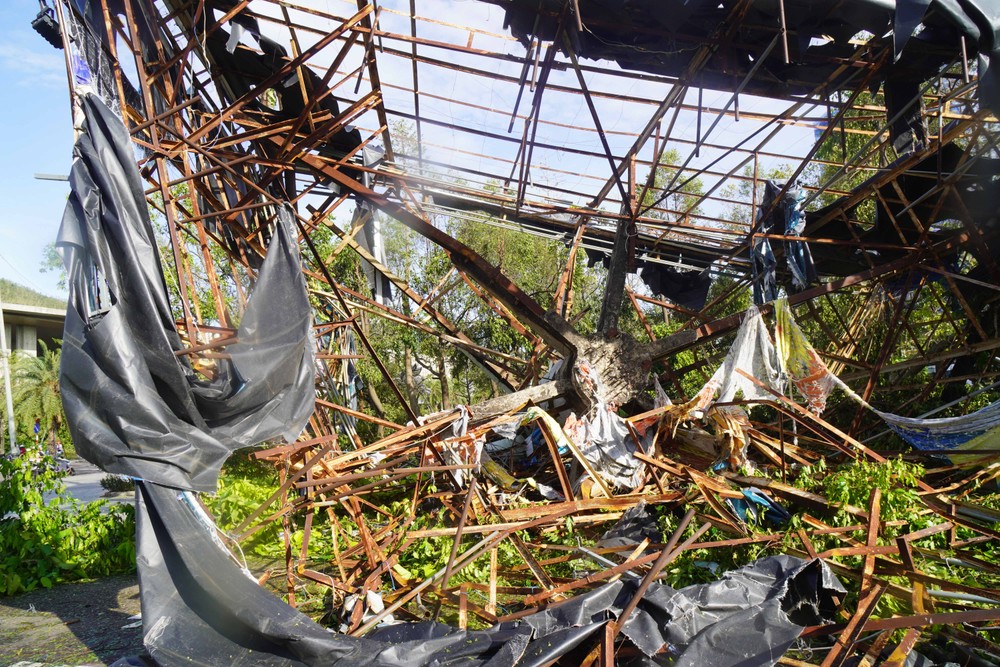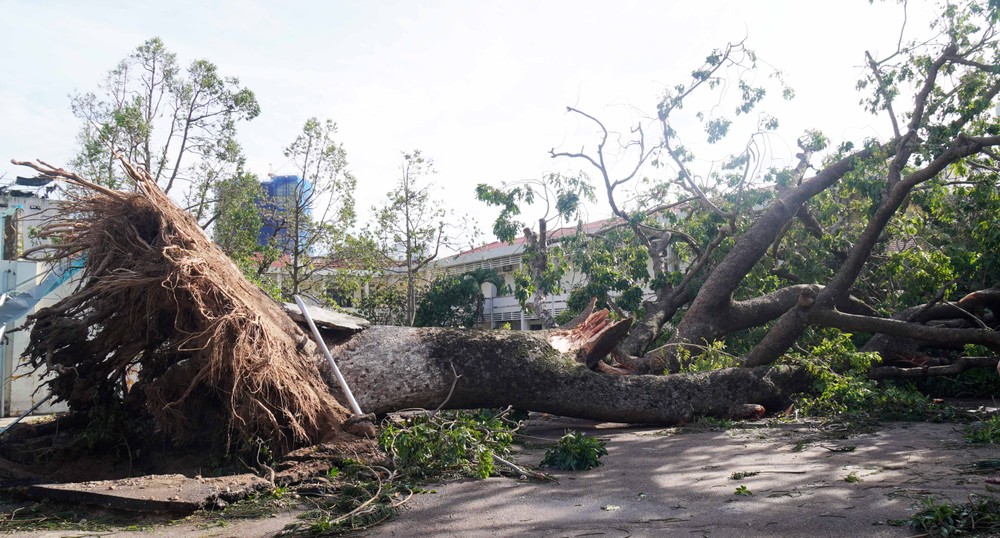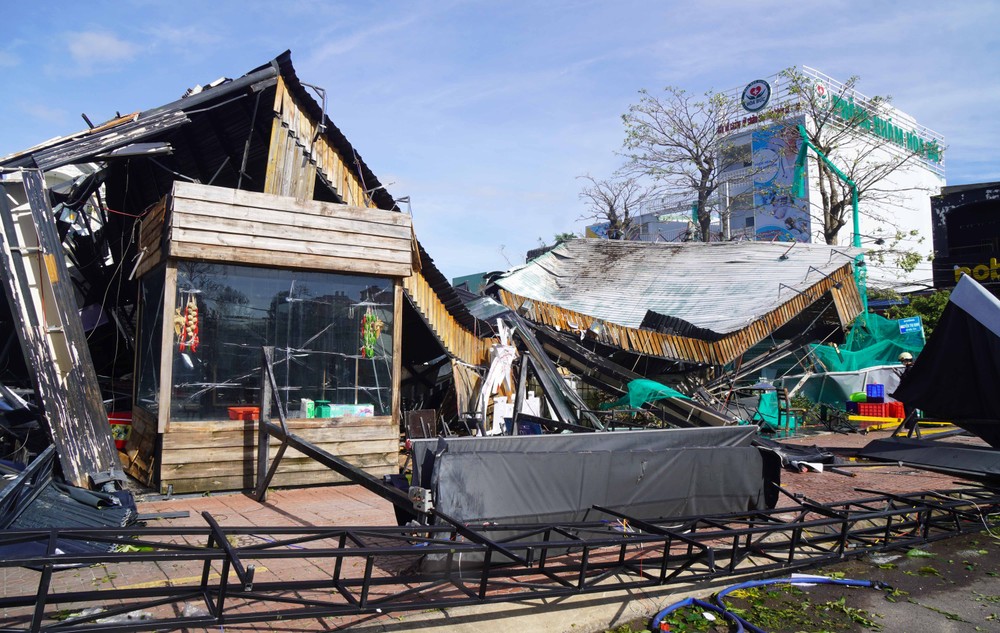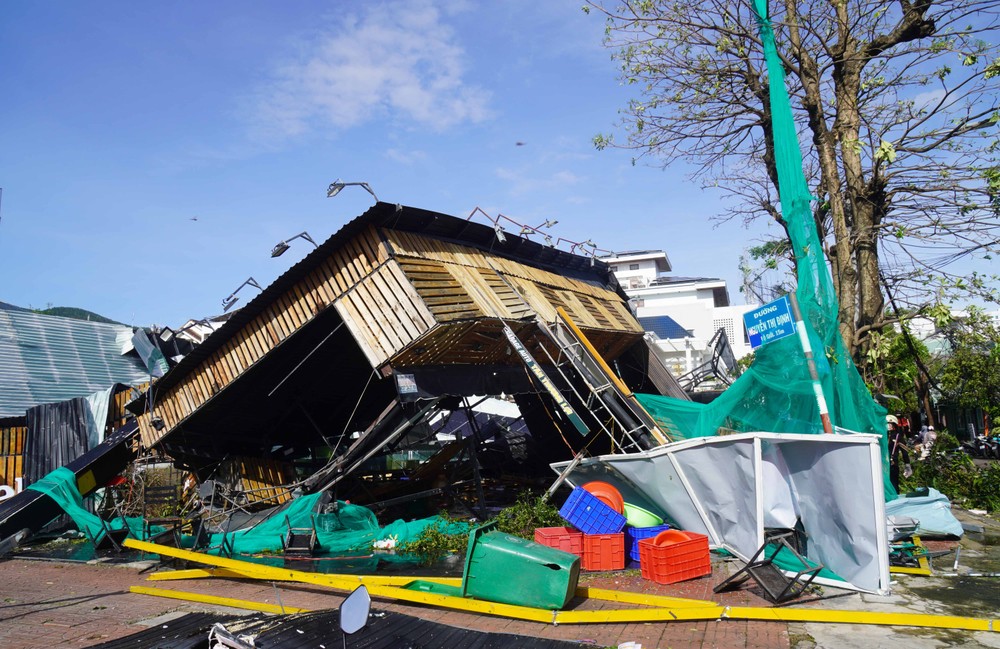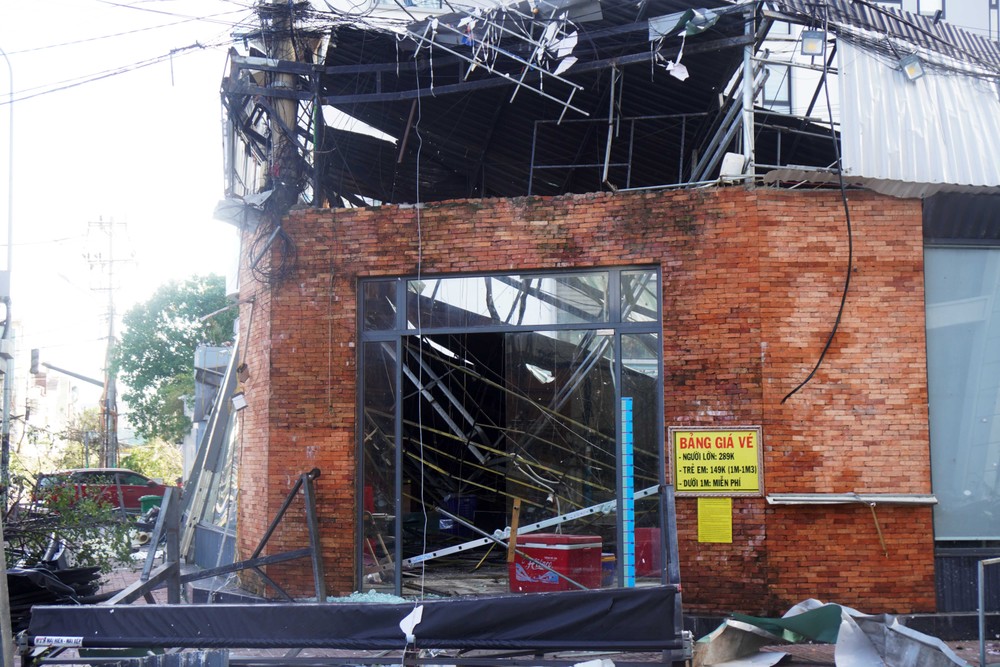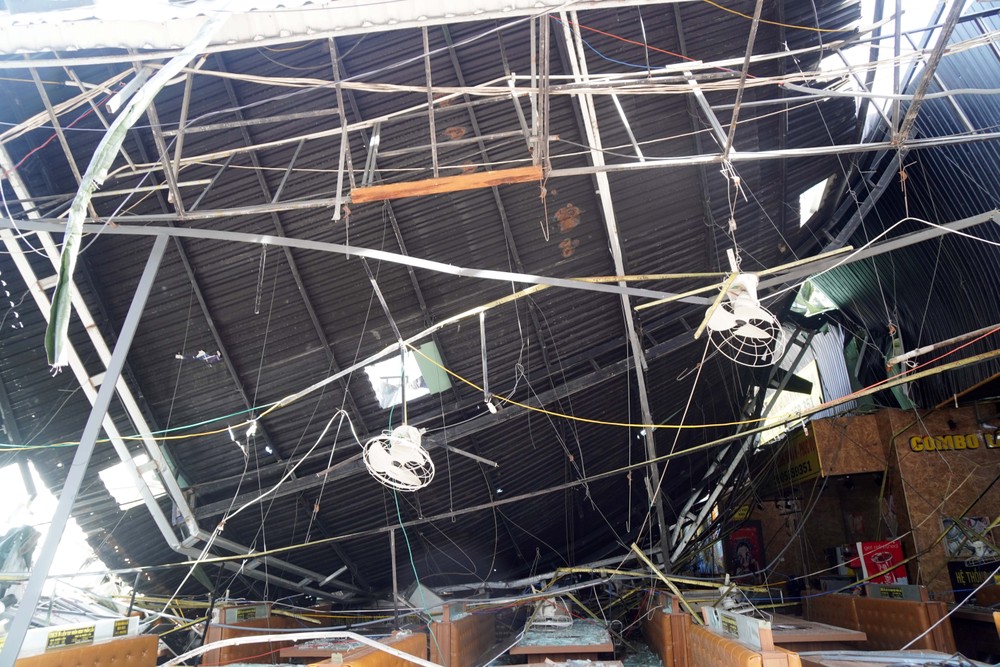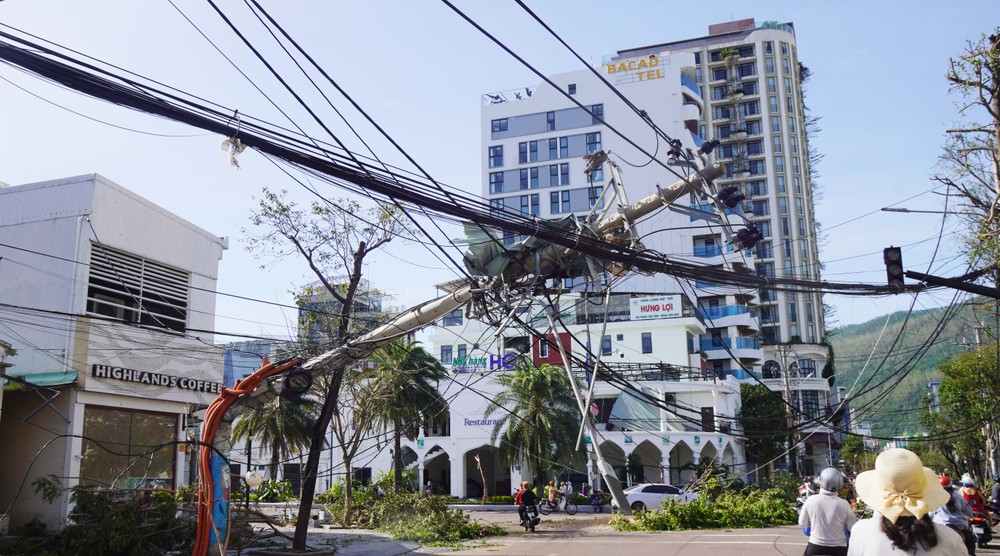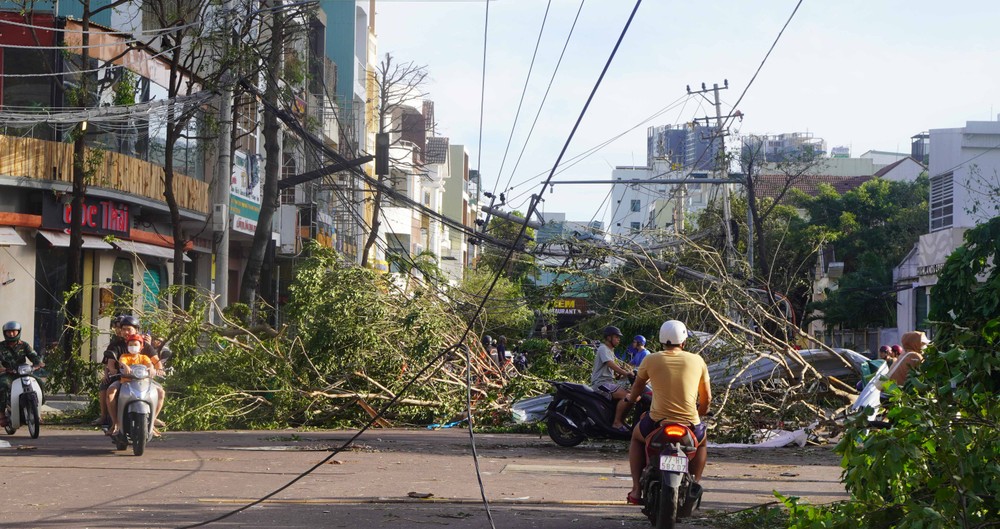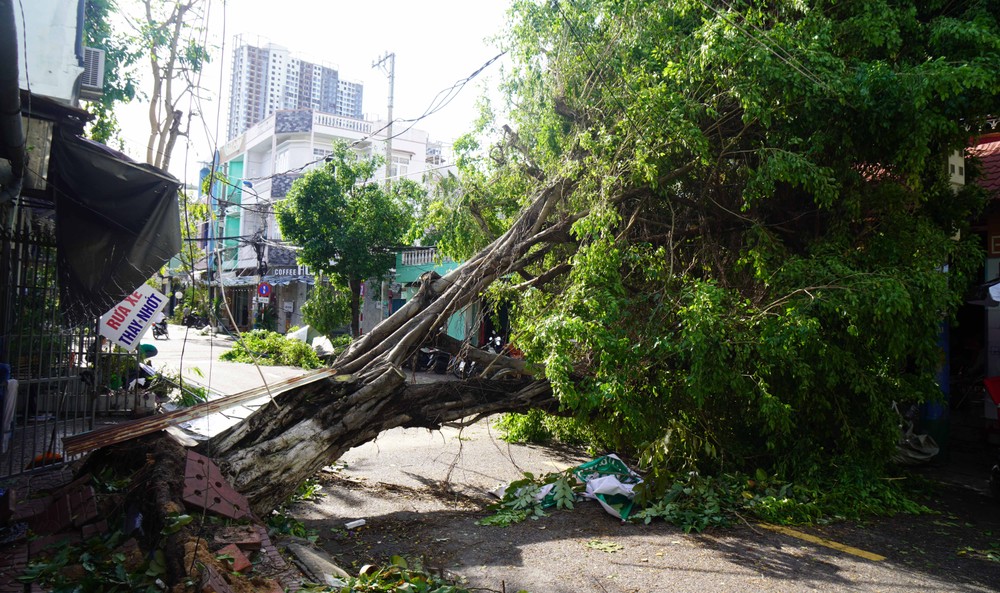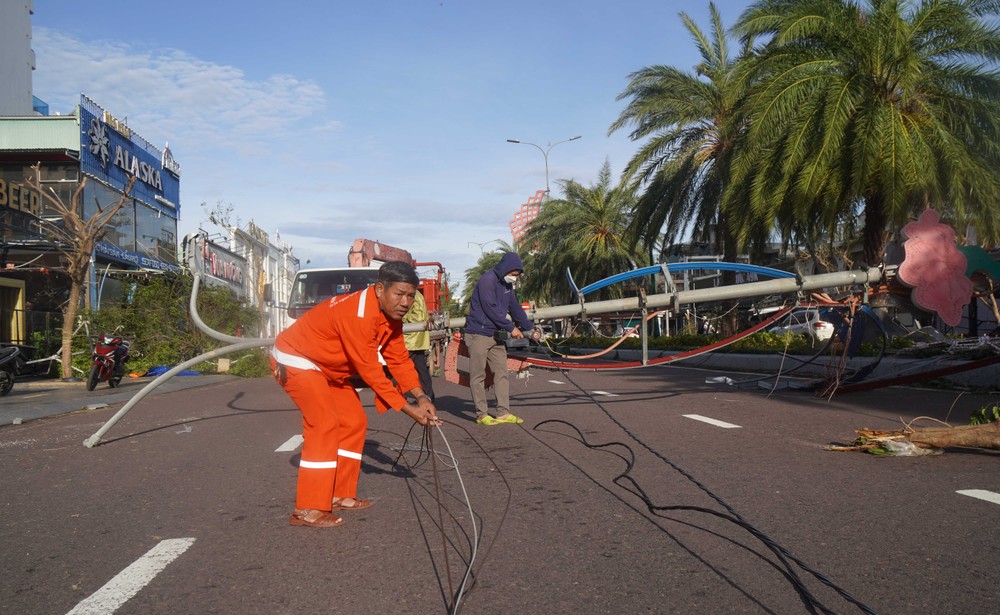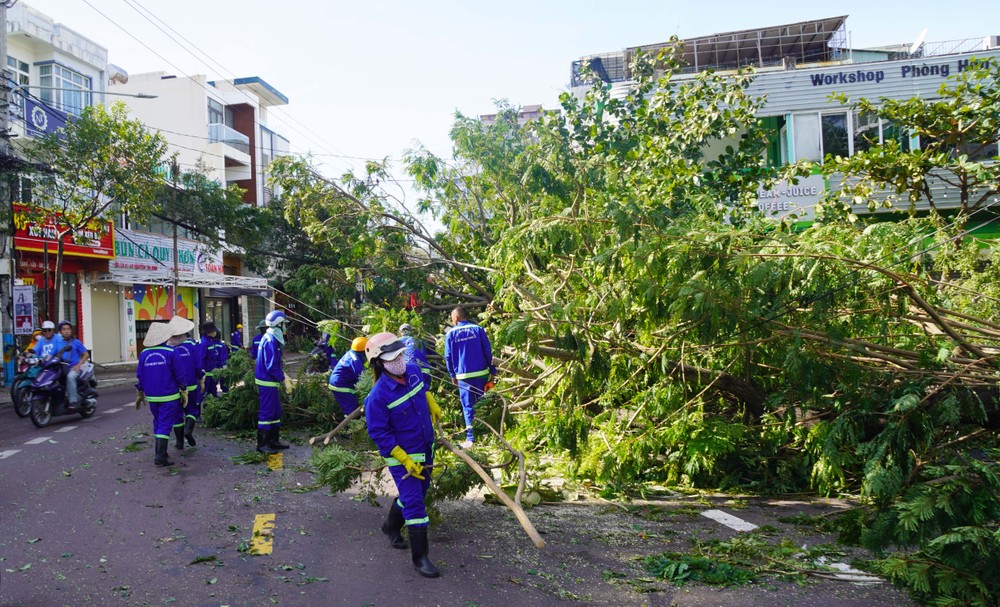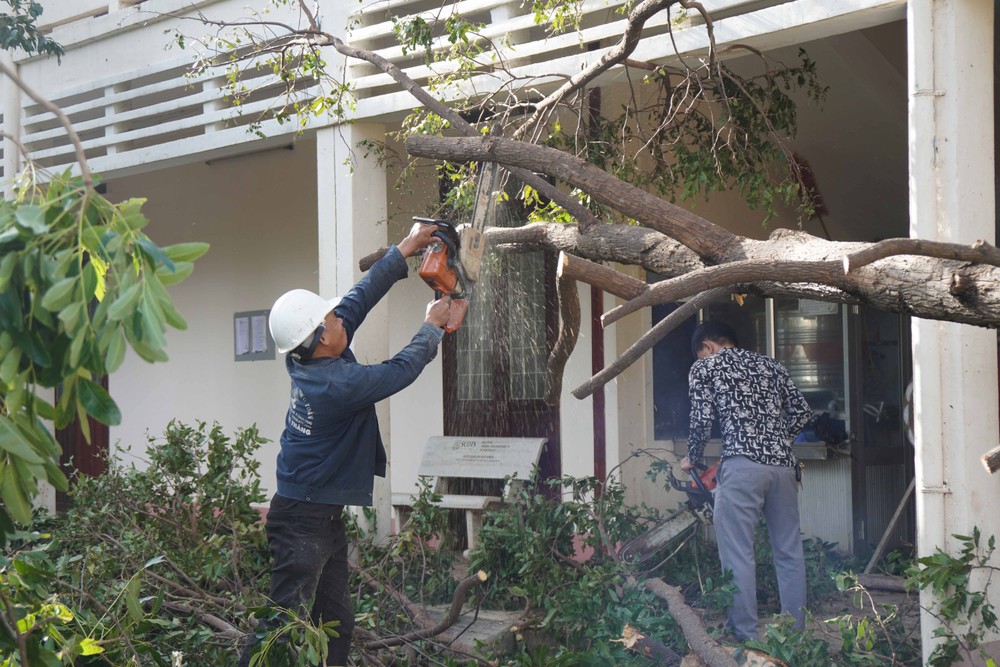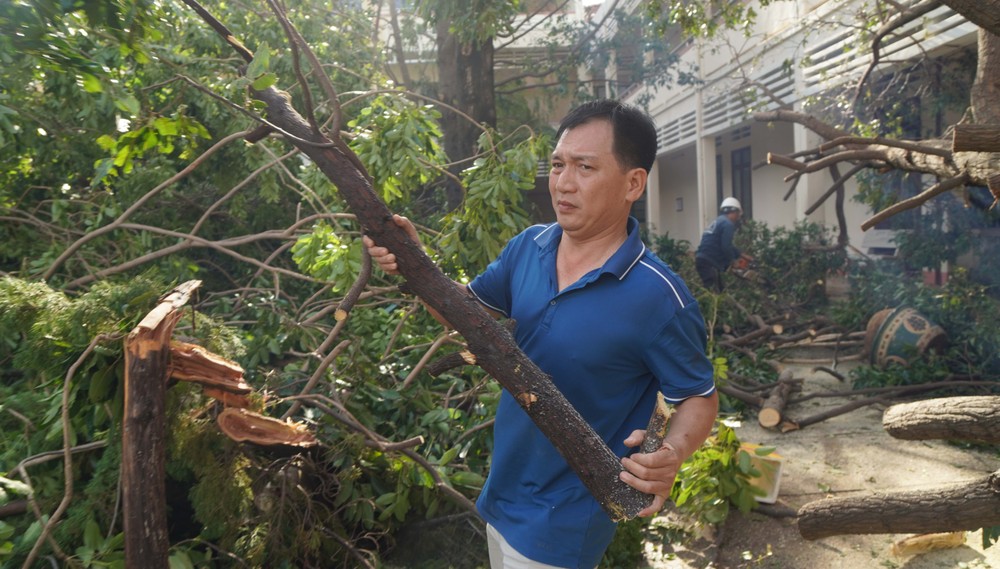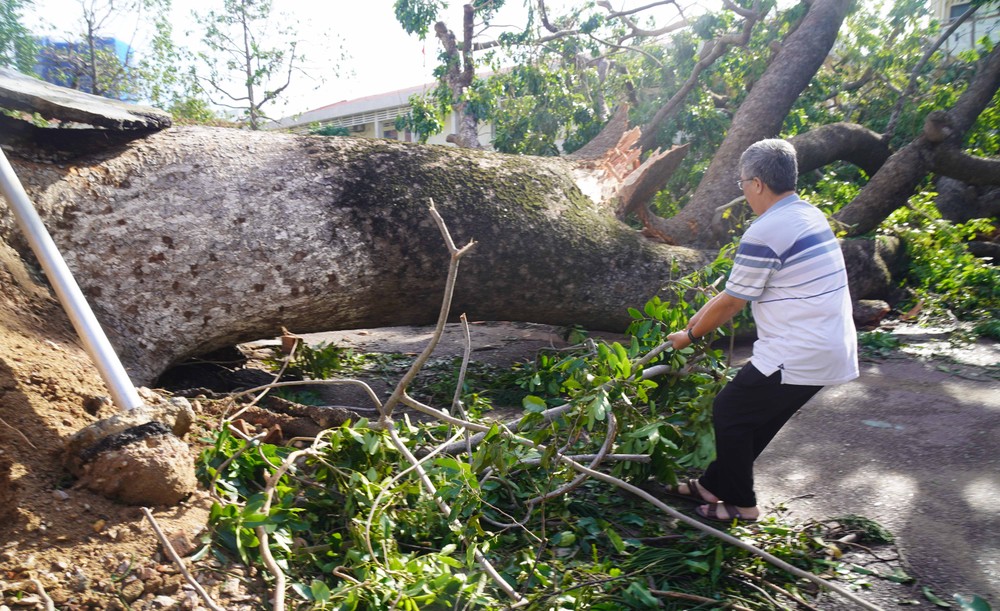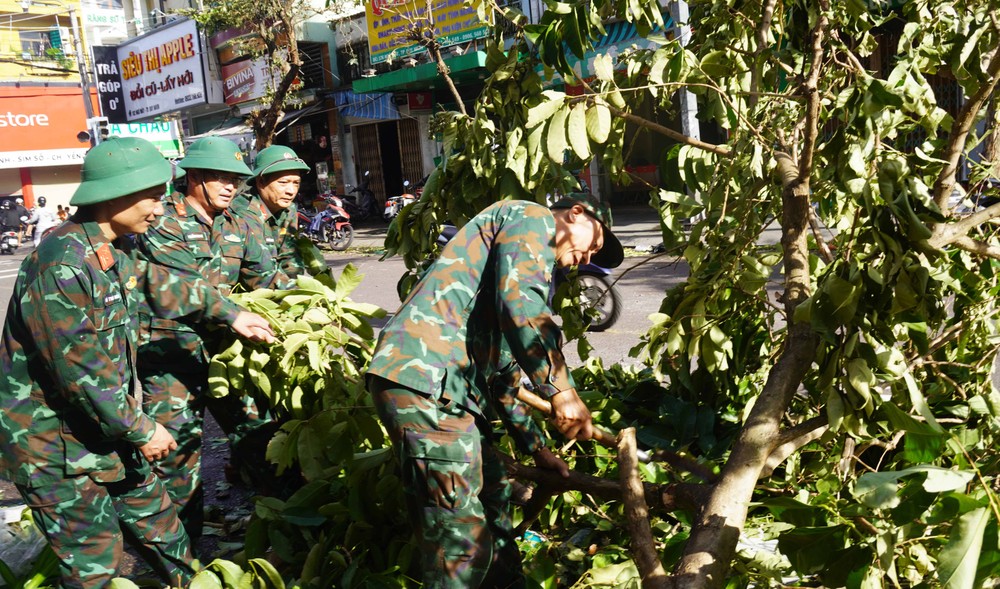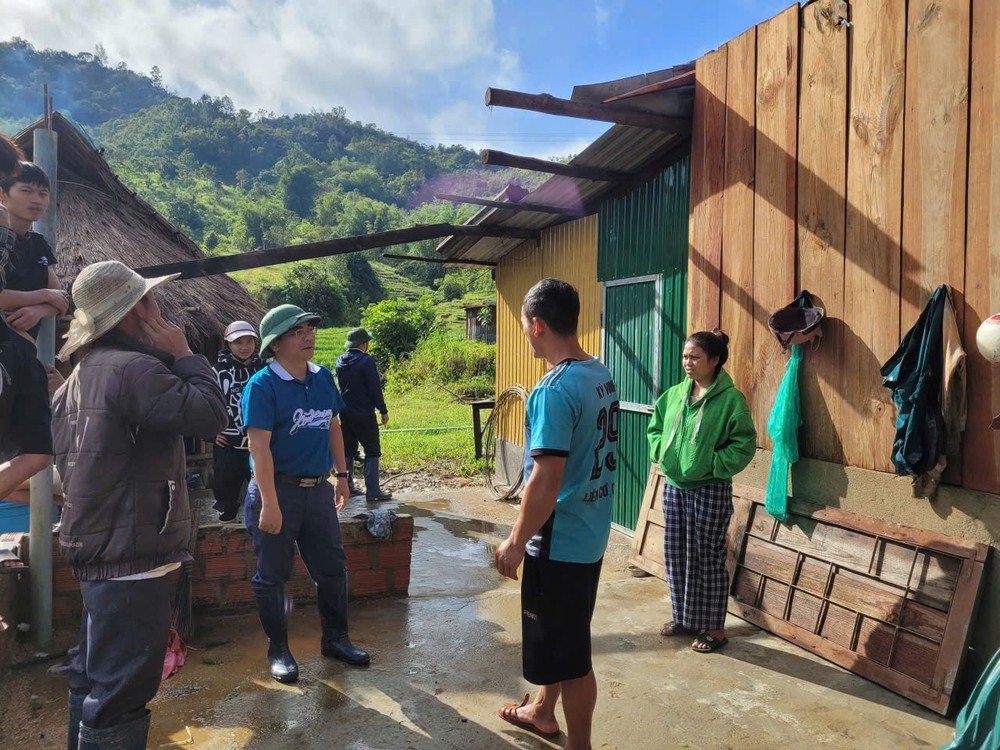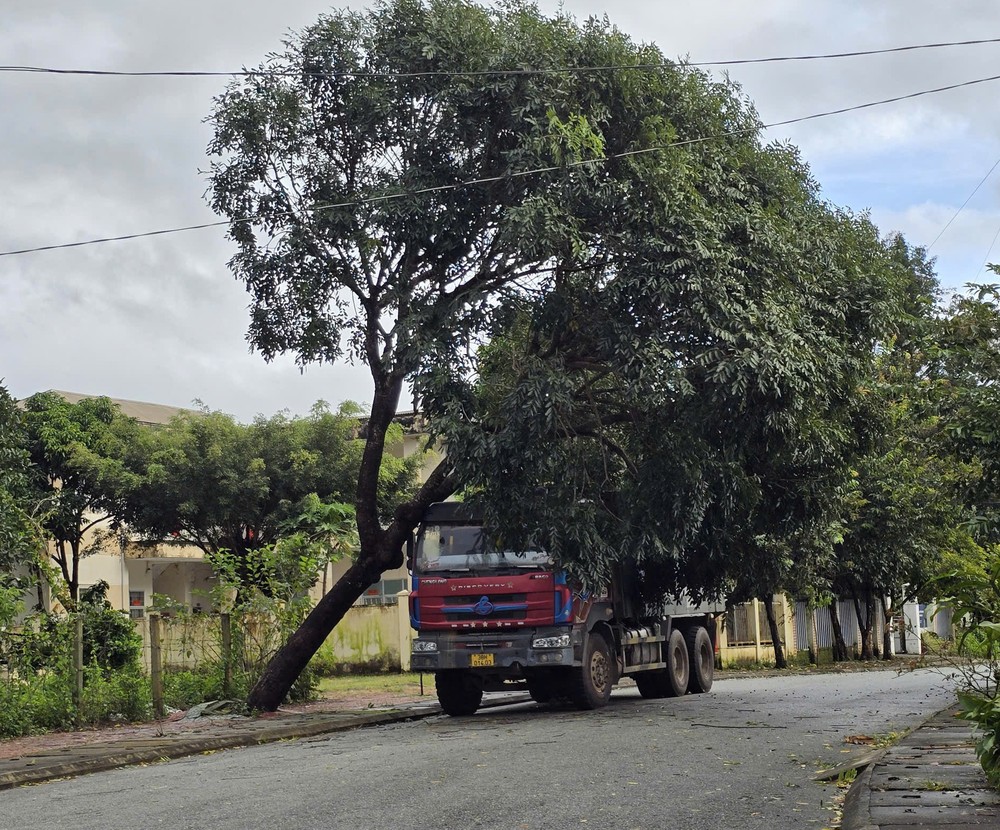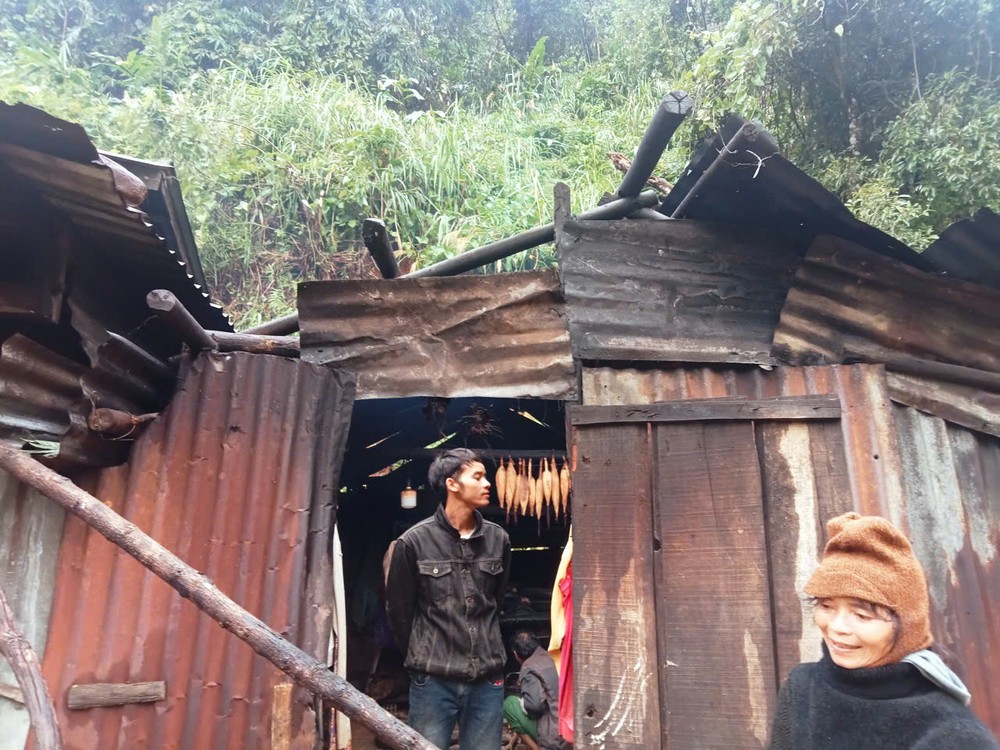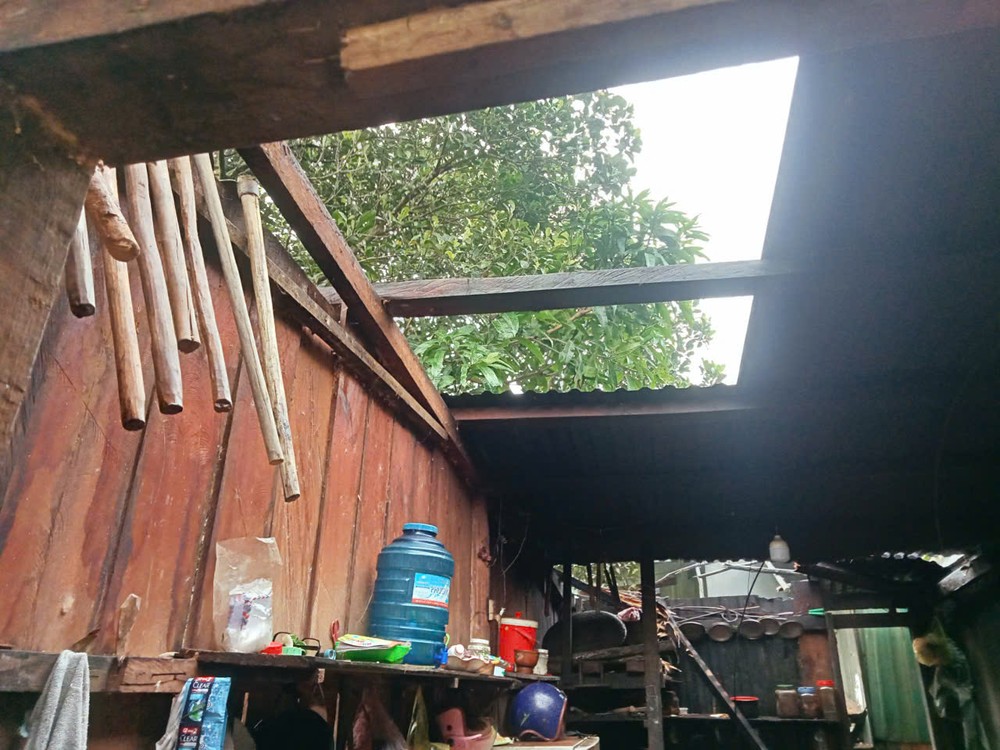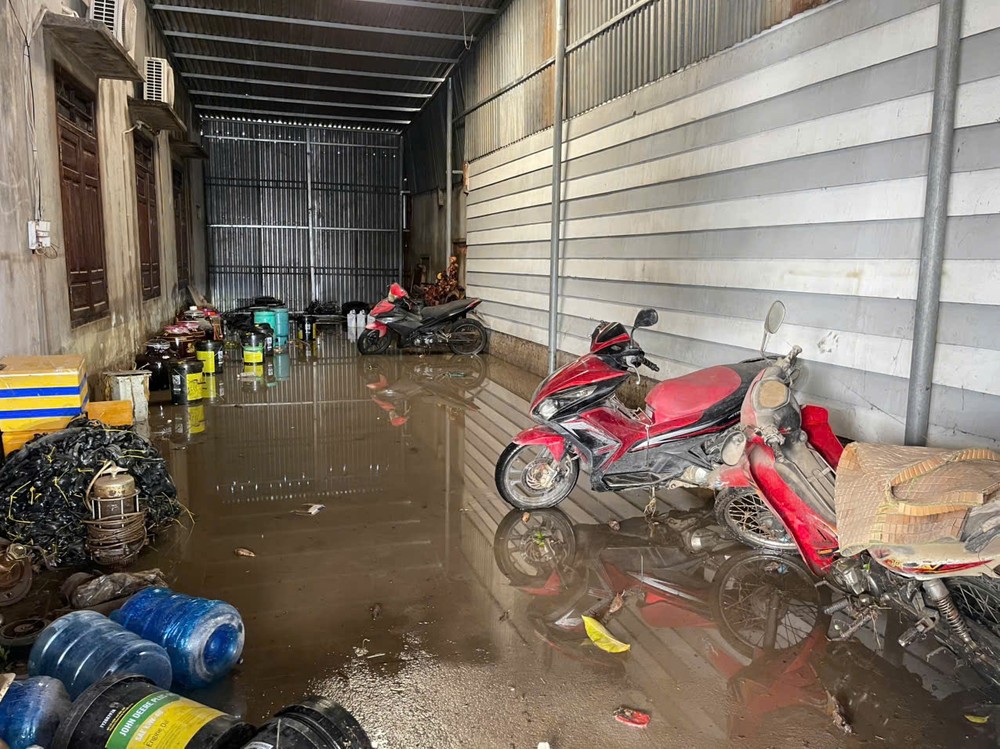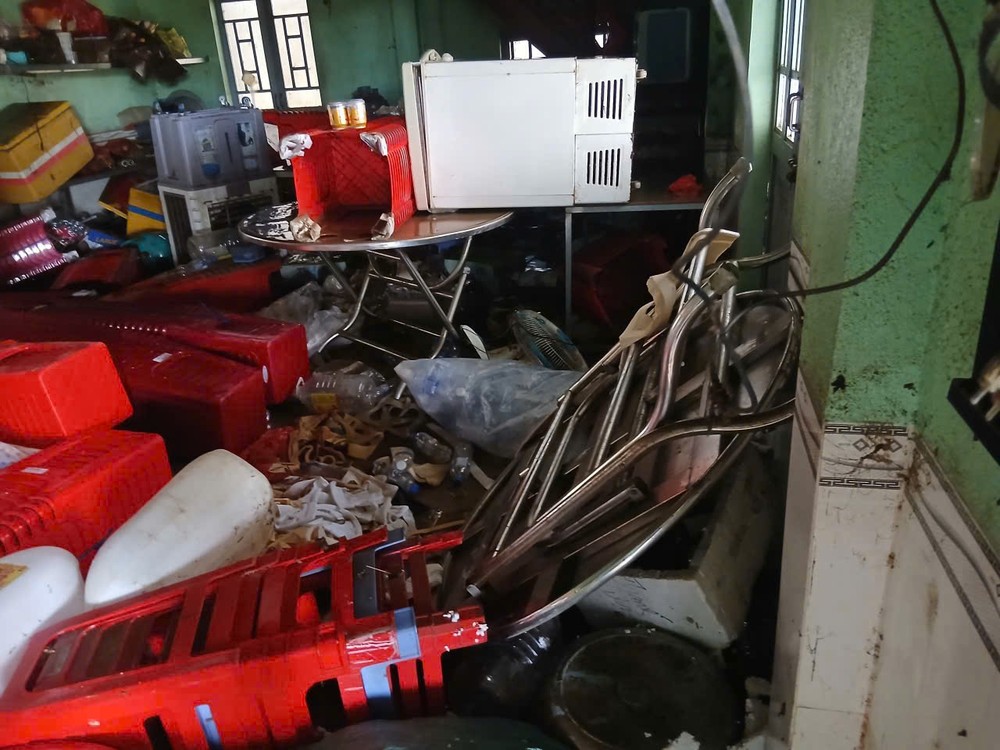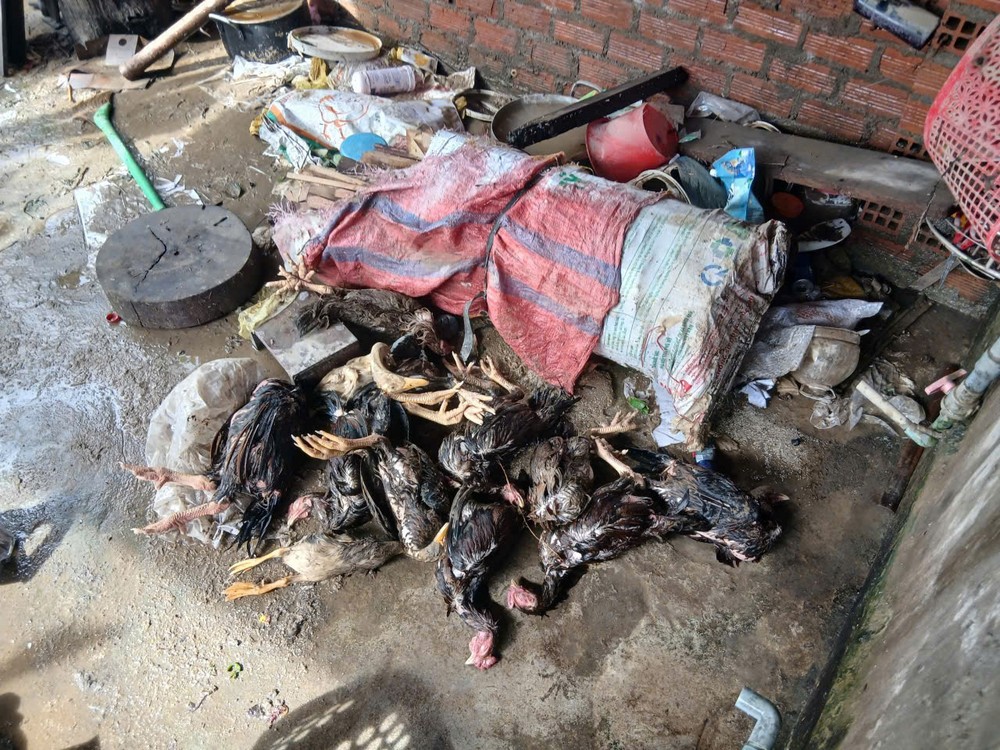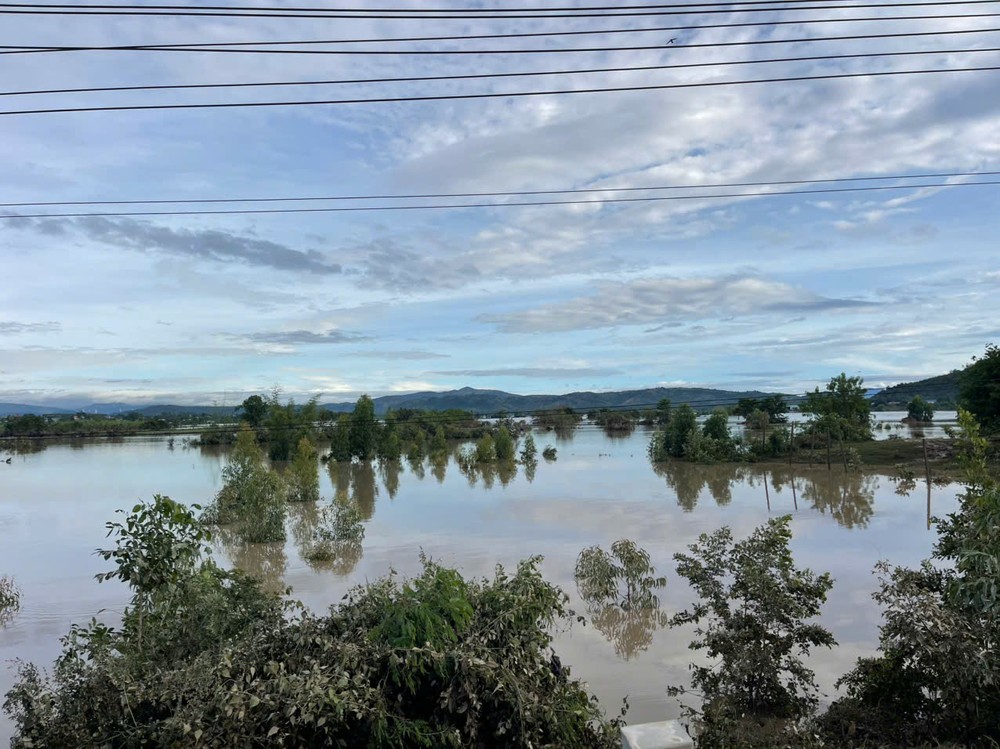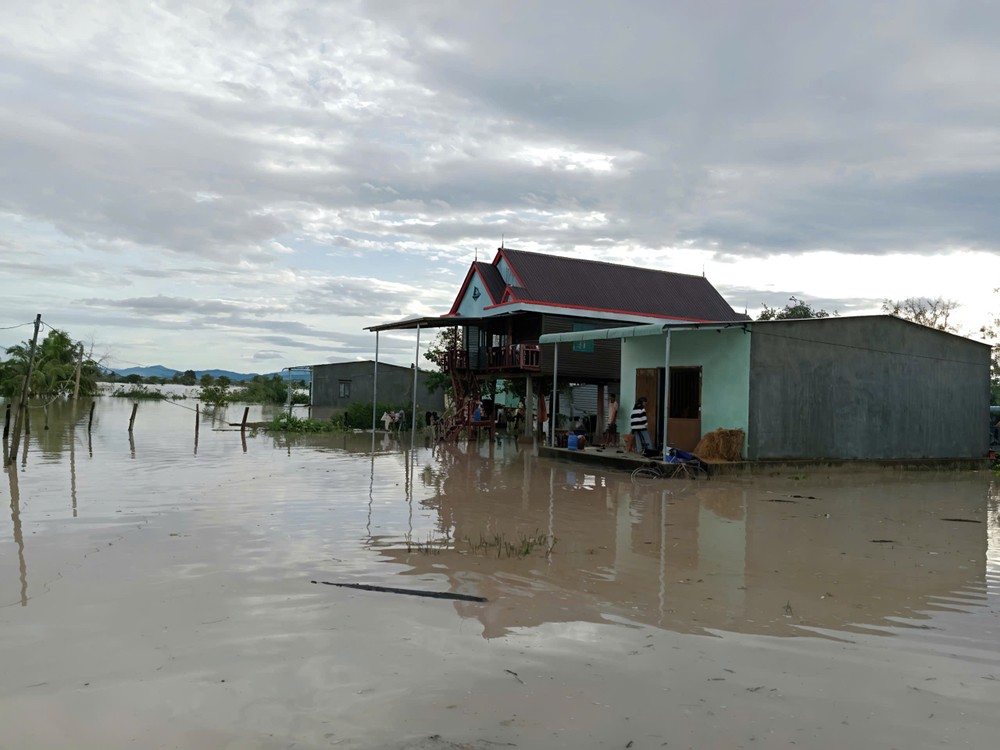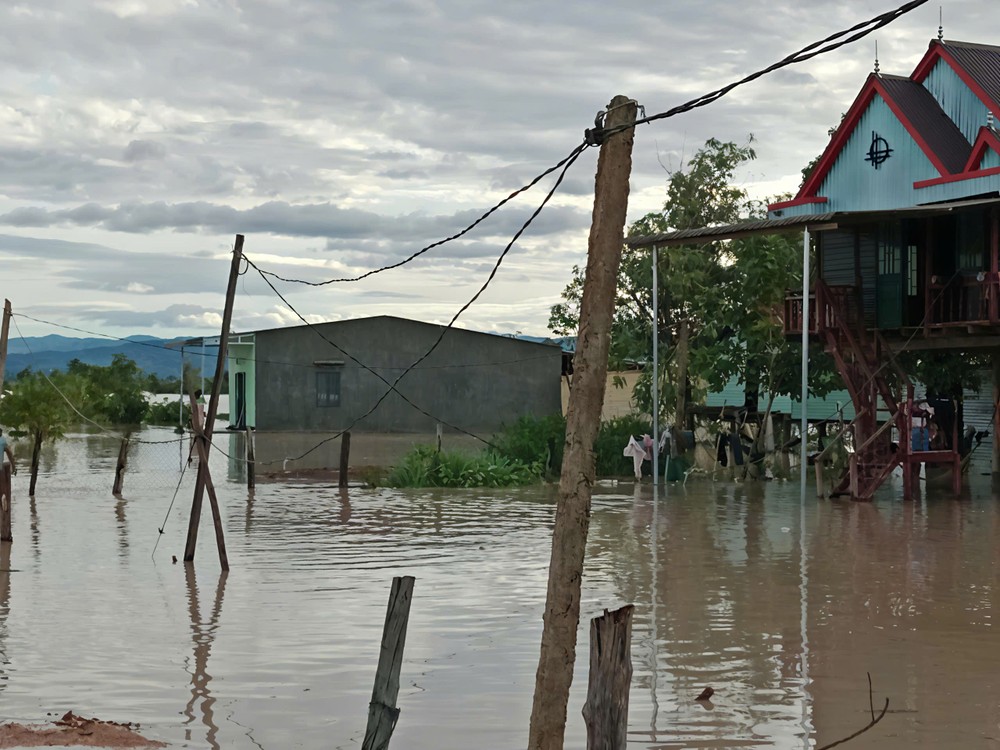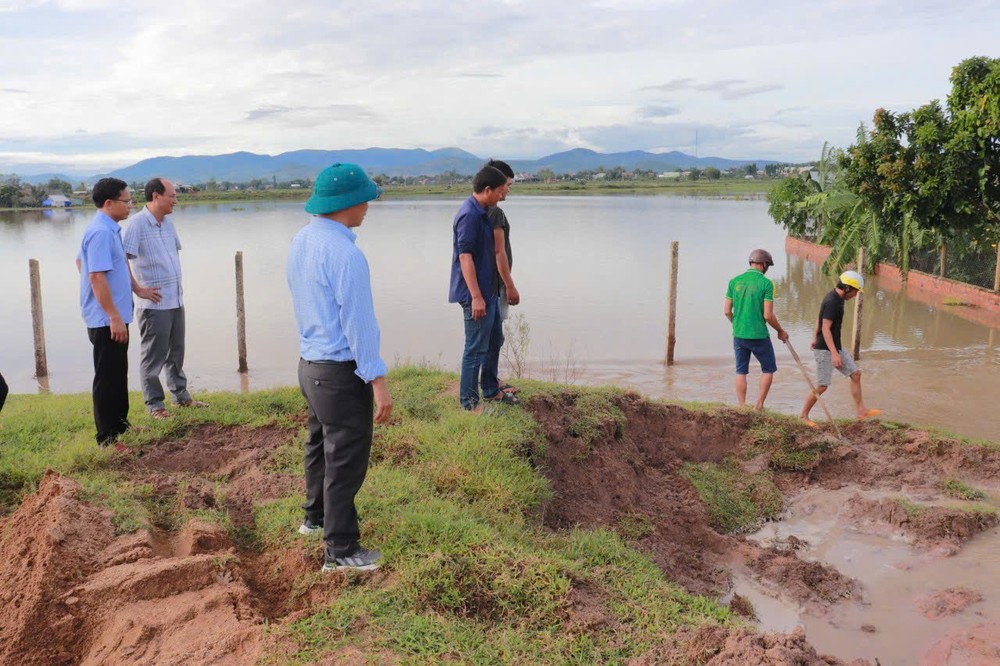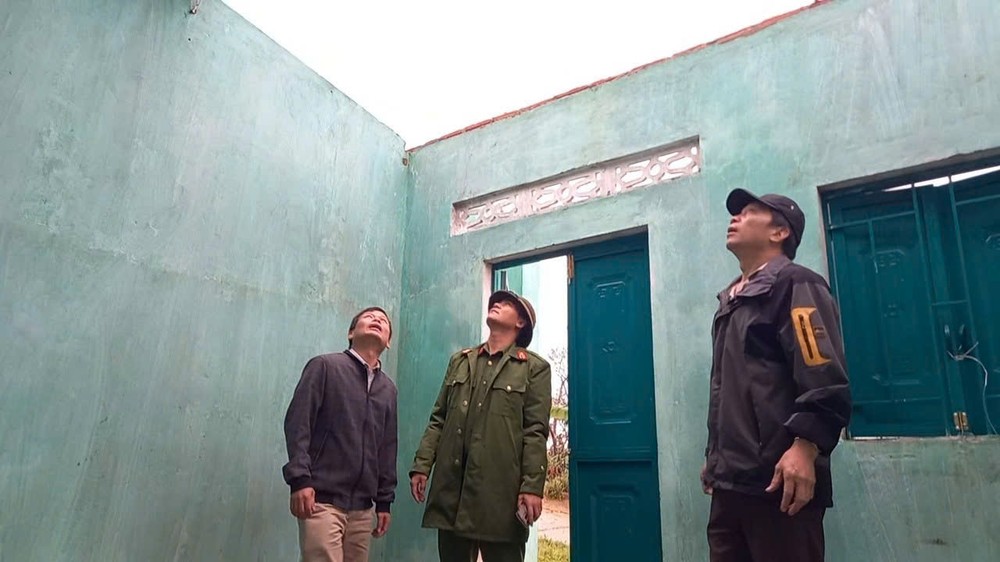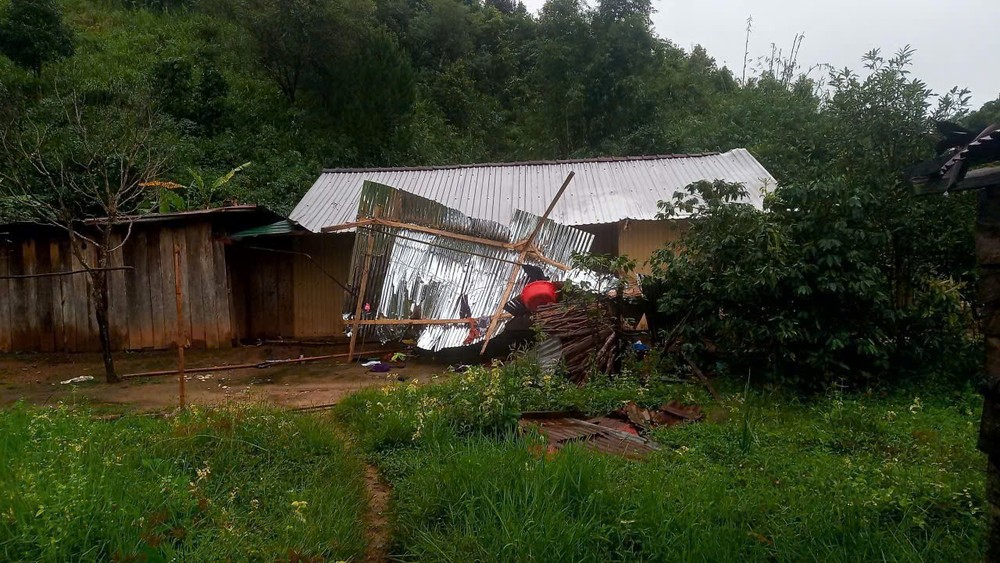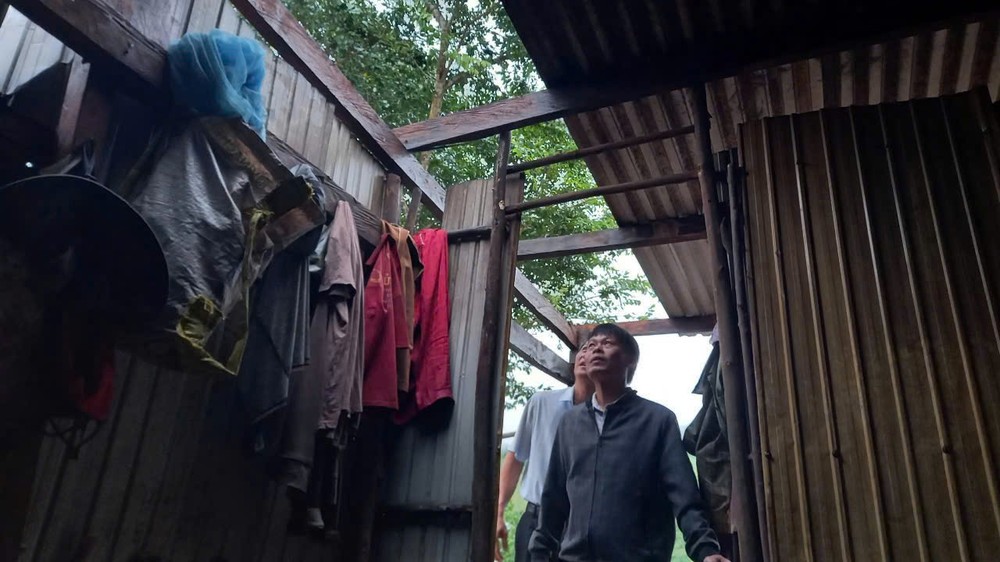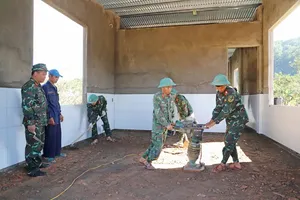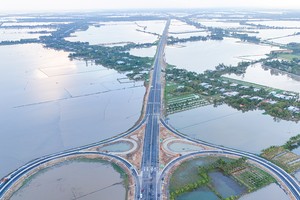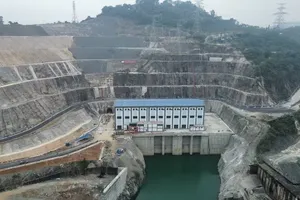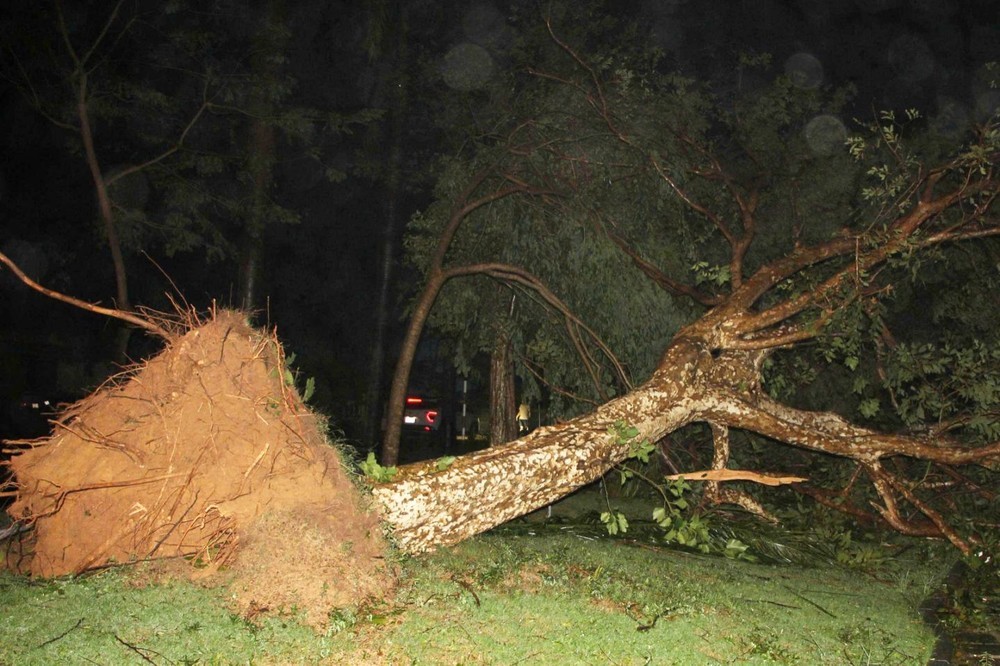
The Department of Dyke Management and Natural Disaster Prevention under the Ministry of Agriculture and Environment, in coordination with the National Civil Defense Steering Committee, released a preliminary report on November 7 detailing the widespread damage caused by typhoon No.13.

According to the report, the storm weakened into a tropical depression early on November 7 before further downgrading into a low-pressure area over southern Laos. However, its remnants brought torrential rains across provinces from Thua Thien Hue to Dak Lak, with rainfall ranging from 150 to 280 millimeters and some locations exceeding 350 millimeters. Exceptionally high totals were recorded at Bach Ma summit in Hue (396 millimeters), Chu Rang in Gia Lai (393 millimeters), Dak Pling in Gia Lai (313 millimeters), Dam Tran in Dak Lak (504 millimeters), and Xuan Lam in Dak Lak (285 millimeters).
Heavy damage reported in Gia Lai, Dak Lak, and Quang Ngai
As of 7 a.m. on November 7, five fatalities had been confirmed — three in Dak Lak and two in Gia Lai — along with six injuries. The storm destroyed 52 houses and damaged or unroofed 2,593 others, including 2,412 in Gia Lai alone. Nine boats were sunk (four in Dak Lak, four in Gia Lai, and one in Quang Ngai), and large-scale power outages were reported across Gia Lai Province.
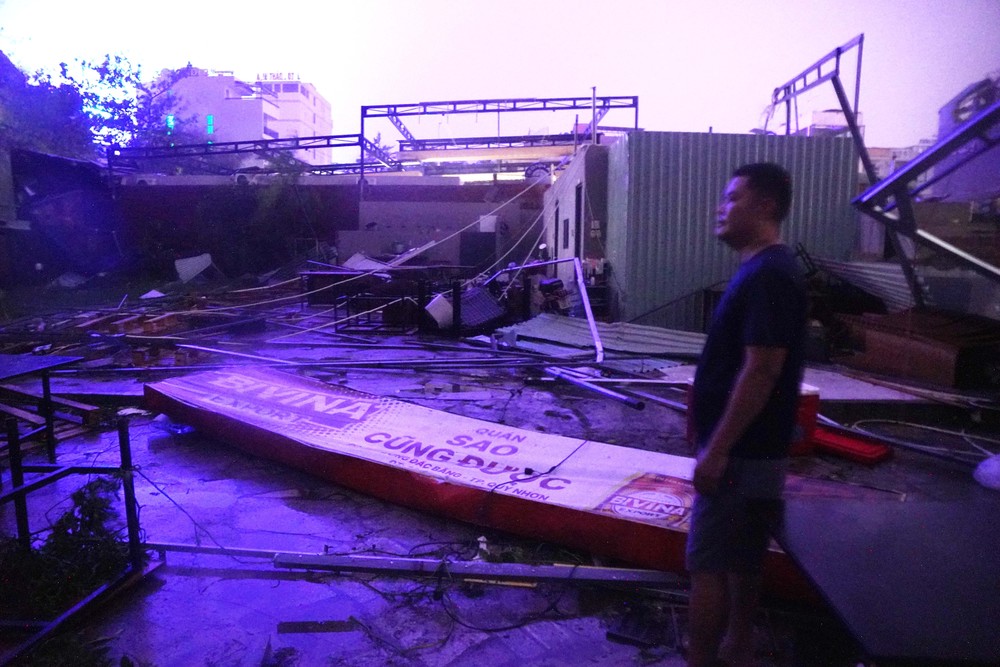
In Gia Lai’s western wards and communes, typhoon No.13 uprooted trees, ripped off rooftops, collapsed structures, and crippled power and telecommunication networks. Streets were littered with debris and construction materials, while torrential rains inundated residential areas, isolated communities, and swept away livestock and poultry.
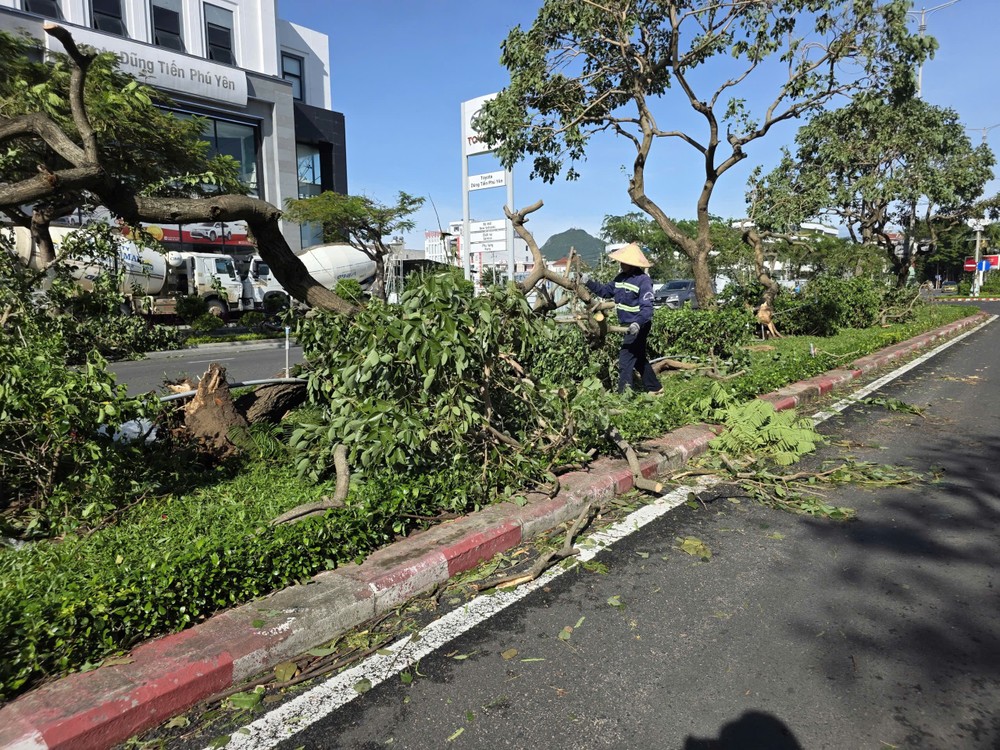
In An Vinh Commune, landslides blocked three traffic points, while in Hoai Nhon Bac, tidal surges flooded over 3,000 coastal households, with water levels ranging from 10 to 80 centimeters.
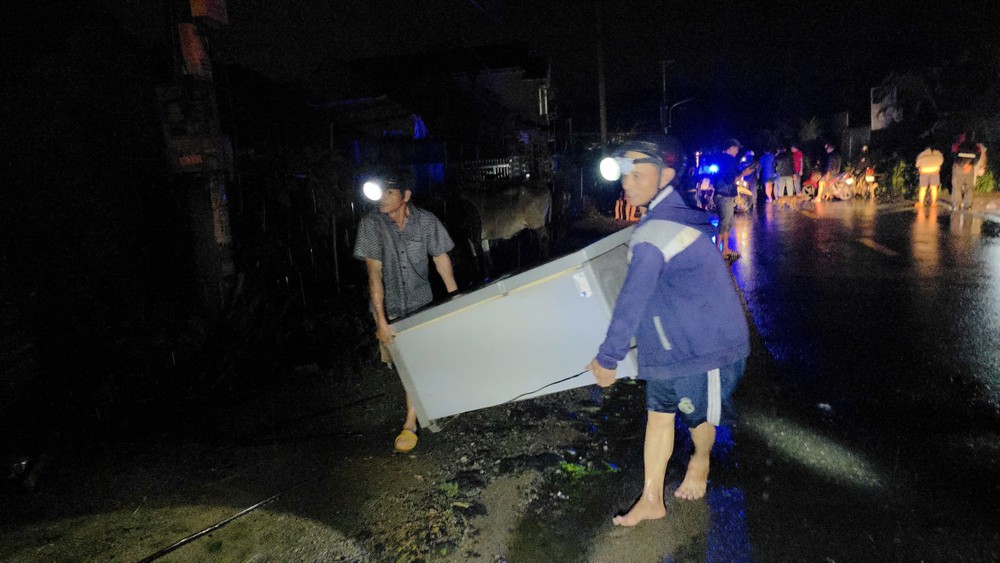
Dak Lak Province also suffered severe losses. Three people were killed and two others injured; more than 480 houses were damaged — 12 completely destroyed, 326 unroofed, and 147 flooded. Around 54,000 aquaculture cages were lost, with estimated damages of VND21 billion (about $830,000).
Heavy rain and upstream runoff in Ea Sup Commune submerged farmland and swept away 23 buffaloes that had been grazing in open fields. Authorities have since coordinated with local traders to purchase the carcasses, helping farmers mitigate losses.


Traffic was disrupted on several routes in Dak Lak, including DT643, DT649, DH.39, and DH.32, due to landslides. La Hai Bridge (Dong Xuan Commune) was partially submerged, and the Bach Dang embankment suffered major erosion, with initial damage estimated at VND150 billion (approximately $5.9 million).
In Phu Yen Ward, one power pole, five streetlights, and 90 trees were knocked down. Authorities evacuated 2,625 households from storm-prone areas and 334 households from flood-risk zones. Military, police, and local militia units are assisting in cleanup, damage assessment, and resettlement efforts.
The National Civil Defense Steering Committee forecast continued heavy rain from Thanh Hoa to northern Quang Tri through November 8, with totals ranging from 50 to 150 millimeters and locally over 200 millimeters.
The Committee has directed ministries and local governments to urgently carry out post-storm recovery, restore livelihoods, and repair critical infrastructure such as schools, hospitals, and housing. It emphasized ensuring that no resident lacks food, shelter, medical care, or access to education, while swiftly addressing damaged dykes, reservoirs, and the grounded Star Bueno vessel off Dung Quat, Quang Ngai.
Government provides emergency support
Deputy Prime Minister Ho Duc Phoc, on November 7, signed Decision No.2451/QD-TTg approving an emergency fund of VND80 billion (approximately $3.1 million) from the 2025 central budget contingency to support three hard-hit provinces: Quang Ngai (VND20 billion), Gia Lai (VND30 billion), and Dak Lak (VND30 billion).
The Government instructed local authorities to use the funds properly and transparently, ensuring they reach affected residents and are free from misuse. Provinces must report their disbursement results to the Ministry of Finance, the Ministry of Agriculture and Environment, and related agencies for consolidation and submission to the Prime Minister.
